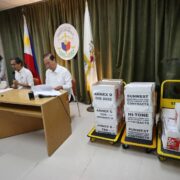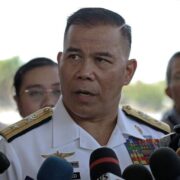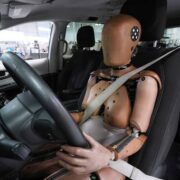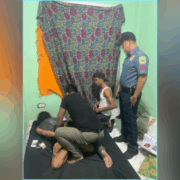St. Luke’s Medical Center Introduces Southeast Asia’s First Robotic Cardiac Surgery Procedure
In an unprecedented breakthrough for healthcare in Southeast Asia, St. Luke’s Medical Center has proudly launched the region’s very first robotic cardiac surgery procedure. This incredible milestone was achieved through the collaborative efforts of St. Luke’s multidisciplinary team, spearheaded by *Drs. Marvin Martinez* and *Ramiro Pablo*, along with the seasoned team from the West Virginia University (WVU) Hospitals’s Heart and Vascular Institute, **Drs. Vinay Badhwar and Lawrence Wei, and Herald Fe, WVU physician assist.*
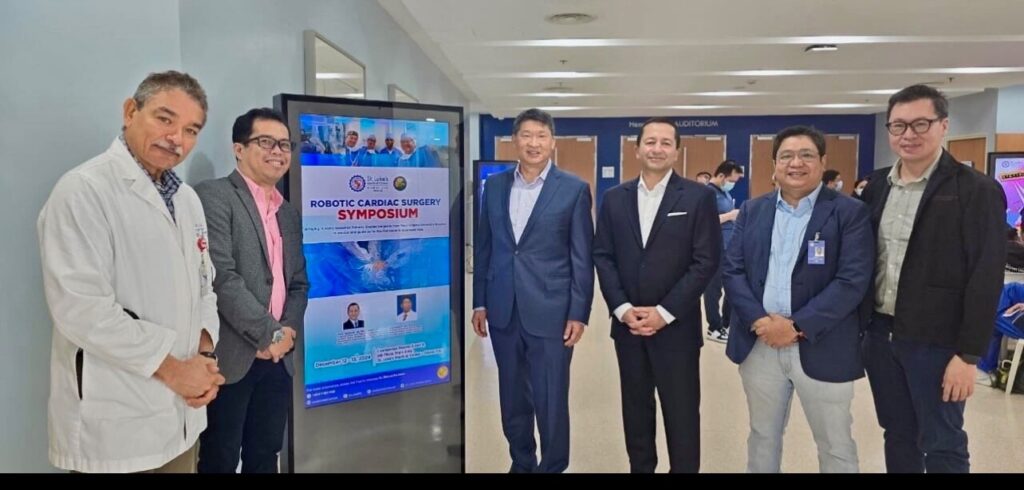
The program’s inaugural surgeries featured a series of complex and innovative procedures, highlighting the transformative potential of this state-of-the-art robotic-assisted technology. Among the first performed robotic-assisted cardiac procedures were:
- Robotic MIDCAB (Minimally Invasive Direct Coronary Artery Bypass)
- Robotic bileaflet mitral valve repair for a patient with bileaflet myxomatous disease and severe mitral regurgitation (MR)
- Robotic mitral valve repair for endocarditis, including anterior mitral leaflet (AML) perforation
- Robotic adult congenital atrial septal reconstruction using a bovine patch for a patient with a common atrium
- Robotic aortic valve replacement (AVR) for a patient from Papua New Guinea
The program’s first robotic valve surgery, performed on a 40-year-old man with severe mitral regurgitation, marked a historic moment for cardiac care in Southeast Asia. With expert guidance from the WVU Heart and Vascular Institute team, St. Luke’s surgeons successfully repaired the patient’s mitral valve, setting the stage for more patients to benefit from this advanced surgical platform.

Dr. Pablo expressed his enthusiasm, saying, “This is a monumental step forward for cardiac care in Southeast Asia. Our partnership with the WVU team has enabled us to bring robotic cardiac surgery to the Philippines, offering patients less invasive, highly precise procedures with faster recovery times.”
Echoing these sentiments, Dr. Marvin Martinez added, “The dream of establishing a robotic cardiac surgery program has become a reality thanks to our team’s tireless dedication and the invaluable support of our partners at WVU. This is just the beginning as we continue to push the boundaries of cardiac care.”
The collaboration between St. Luke’s and WVU showcases the power of teamwork and shared expertise. Dr. Badhwar noted, “Teamwork makes the dream work. The exceptional multidisciplinary team at St. Luke’s has demonstrated that with vision, determination, and collaboration, they can achieve extraordinary things.”
St. Luke’s Robotic Cardiac Program is set to revolutionize cardiac care in Southeast Asia, offering patients access to minimally invasive procedures that significantly reduce pain, recovery time, and the risk of complications. The program’s launch is not just a triumph for St. Luke’s but also a beacon of hope for patients across the region who will now have access to world-class robotic cardiac surgery.
This achievement solidifies St. Luke’s Medical Center as a leader in innovation and excellence, dedicated to providing cutting-edge care for patients in the Philippines and beyond. Congratulations to the entire team for making history and setting a new standard in cardiac surgery!


